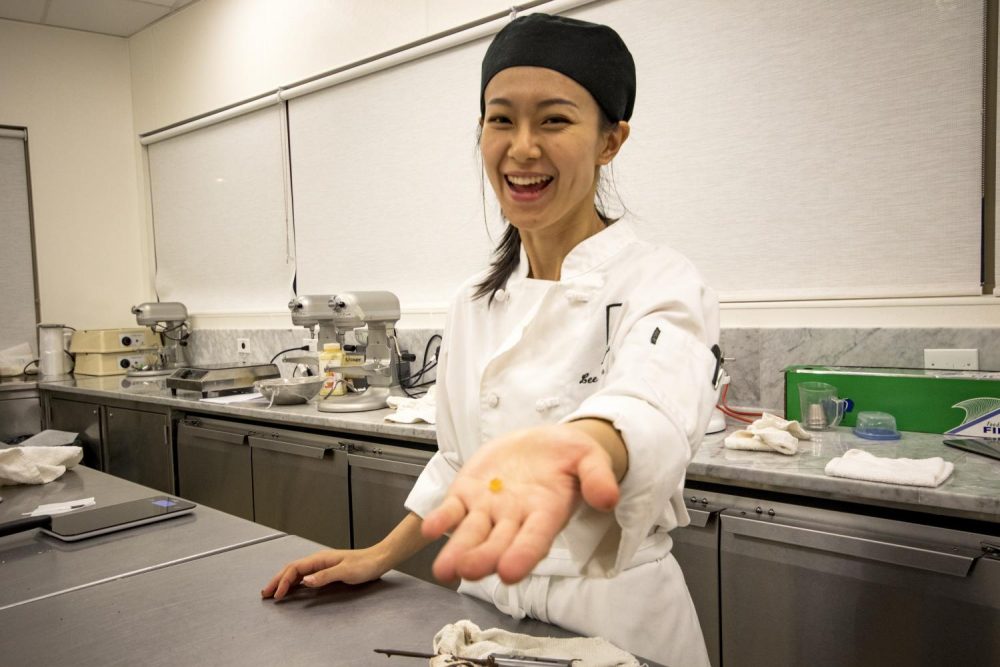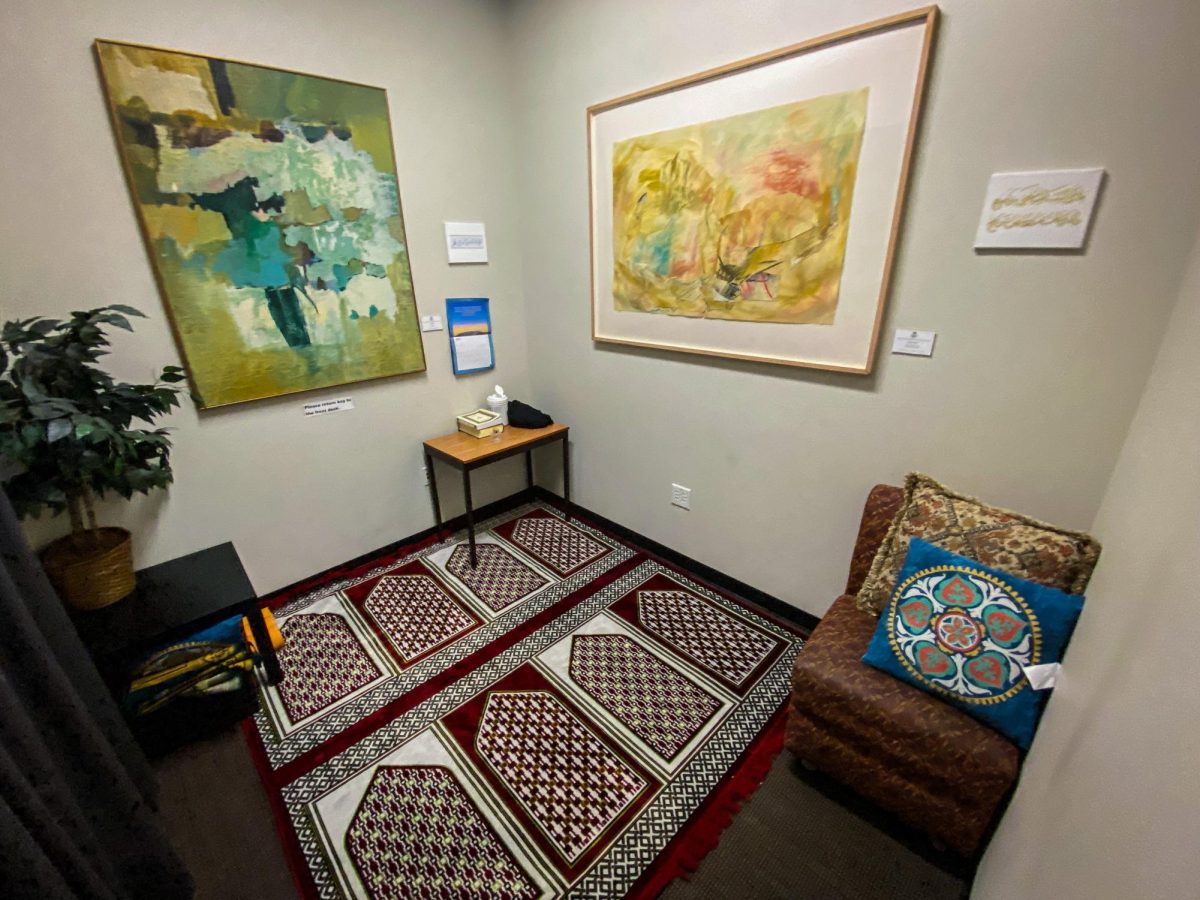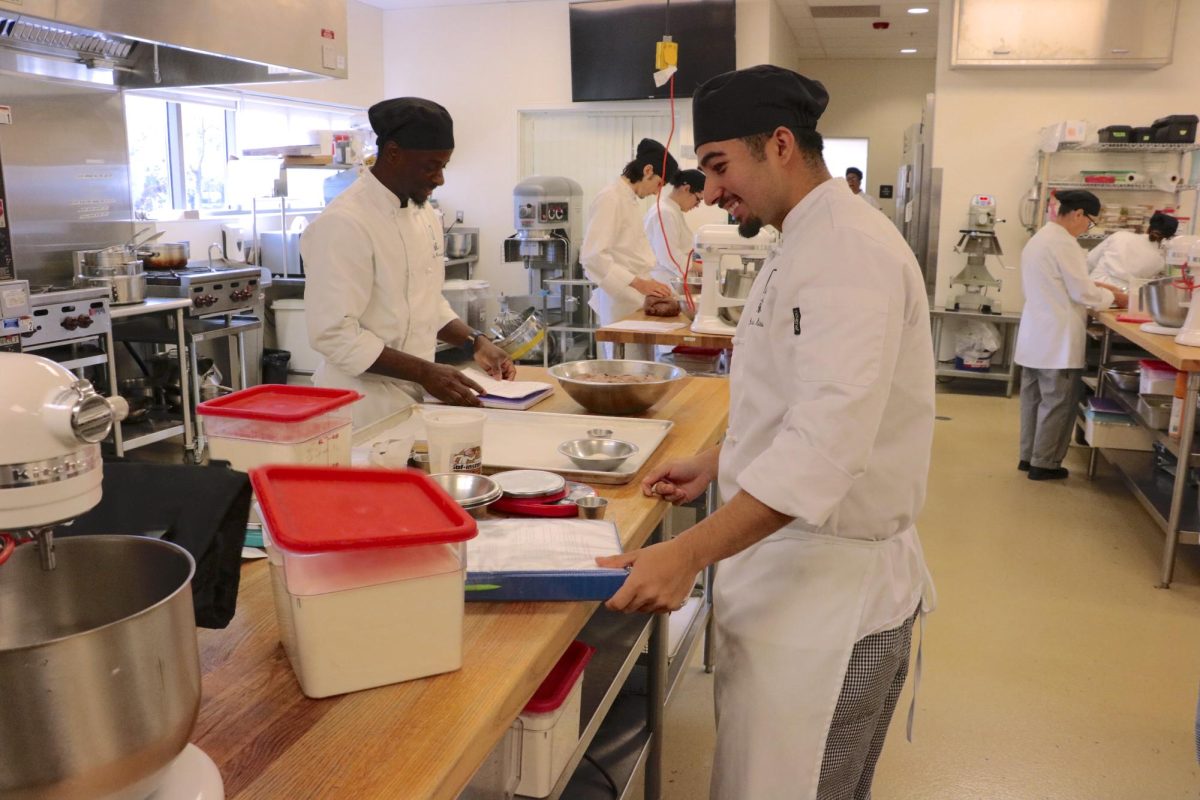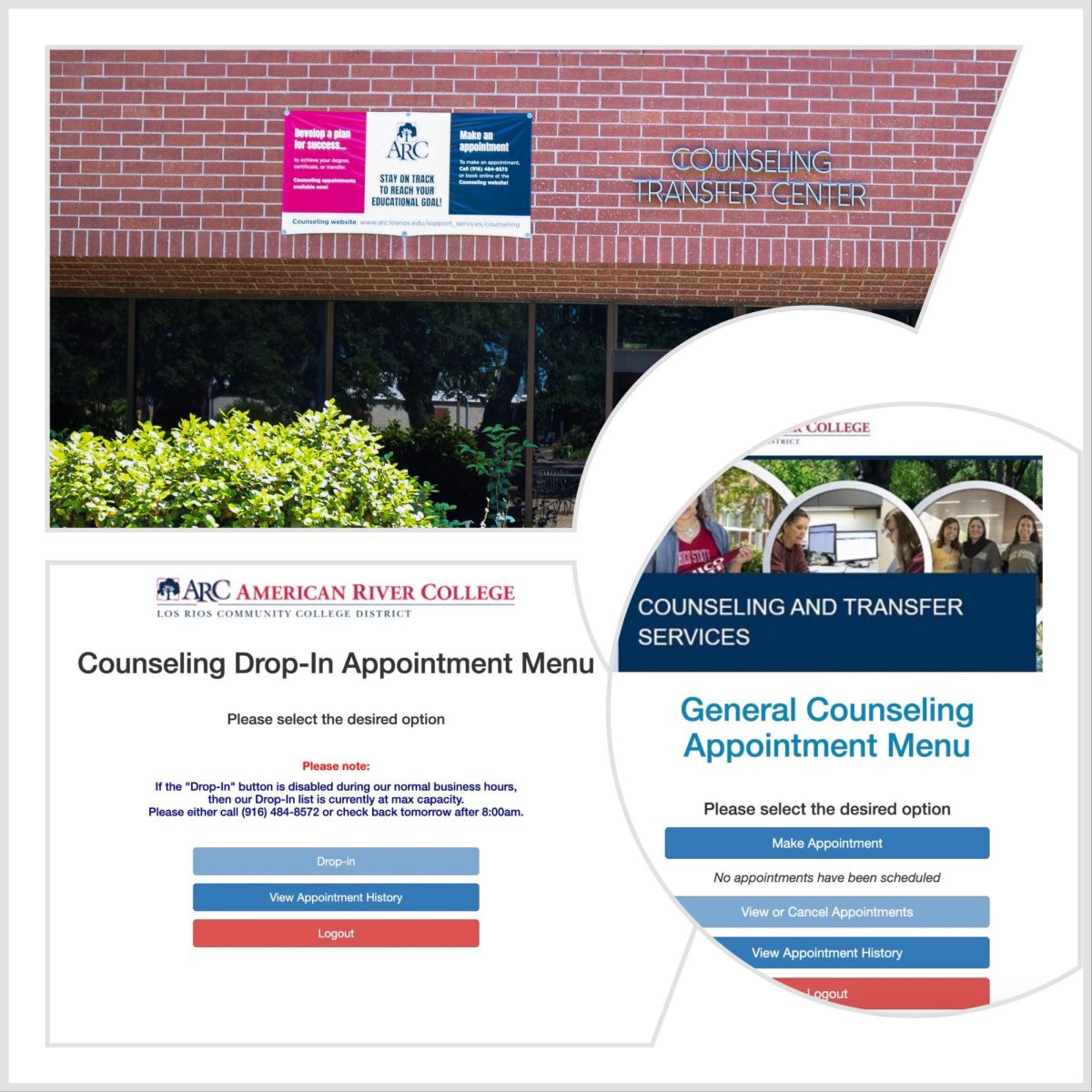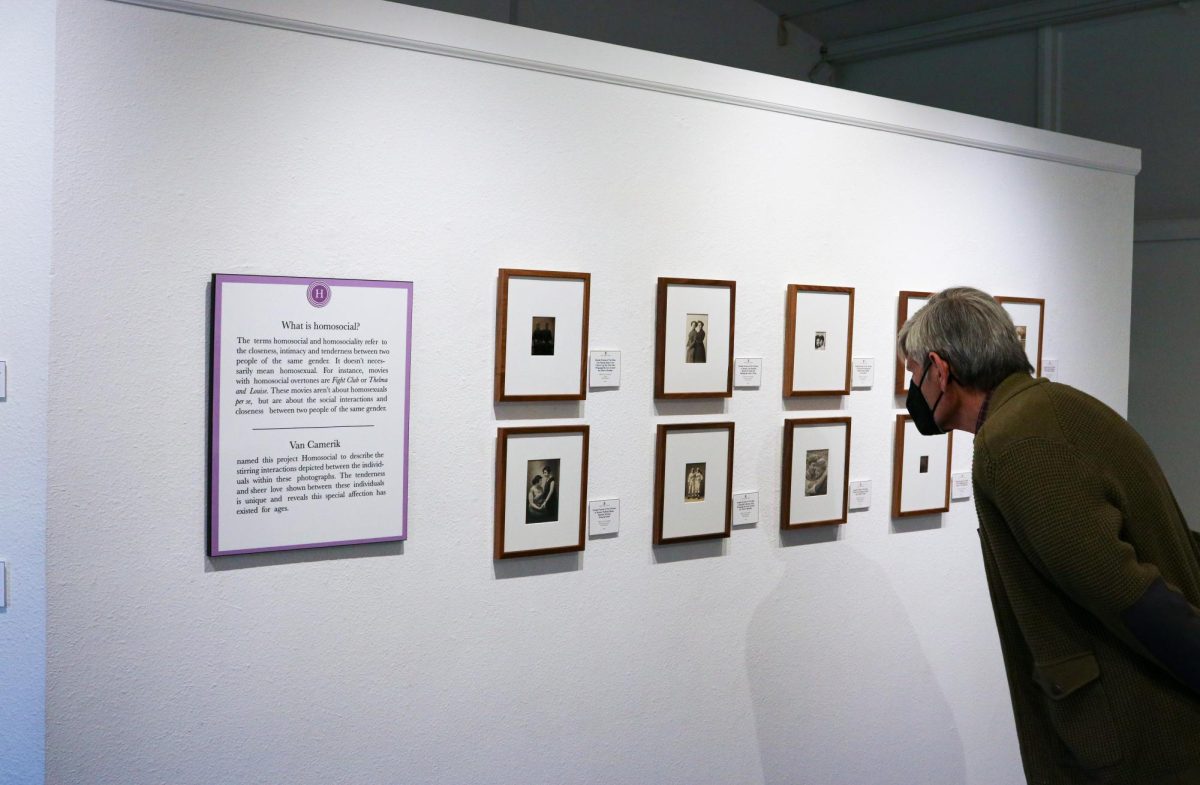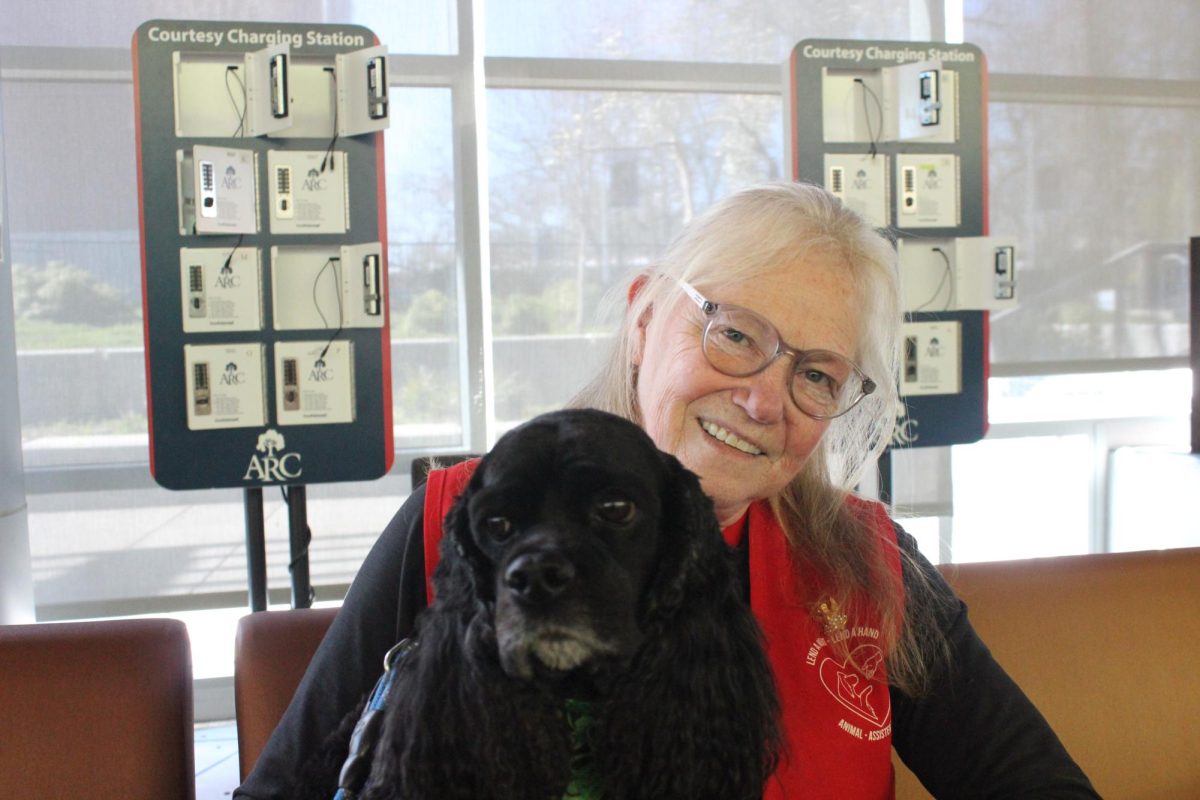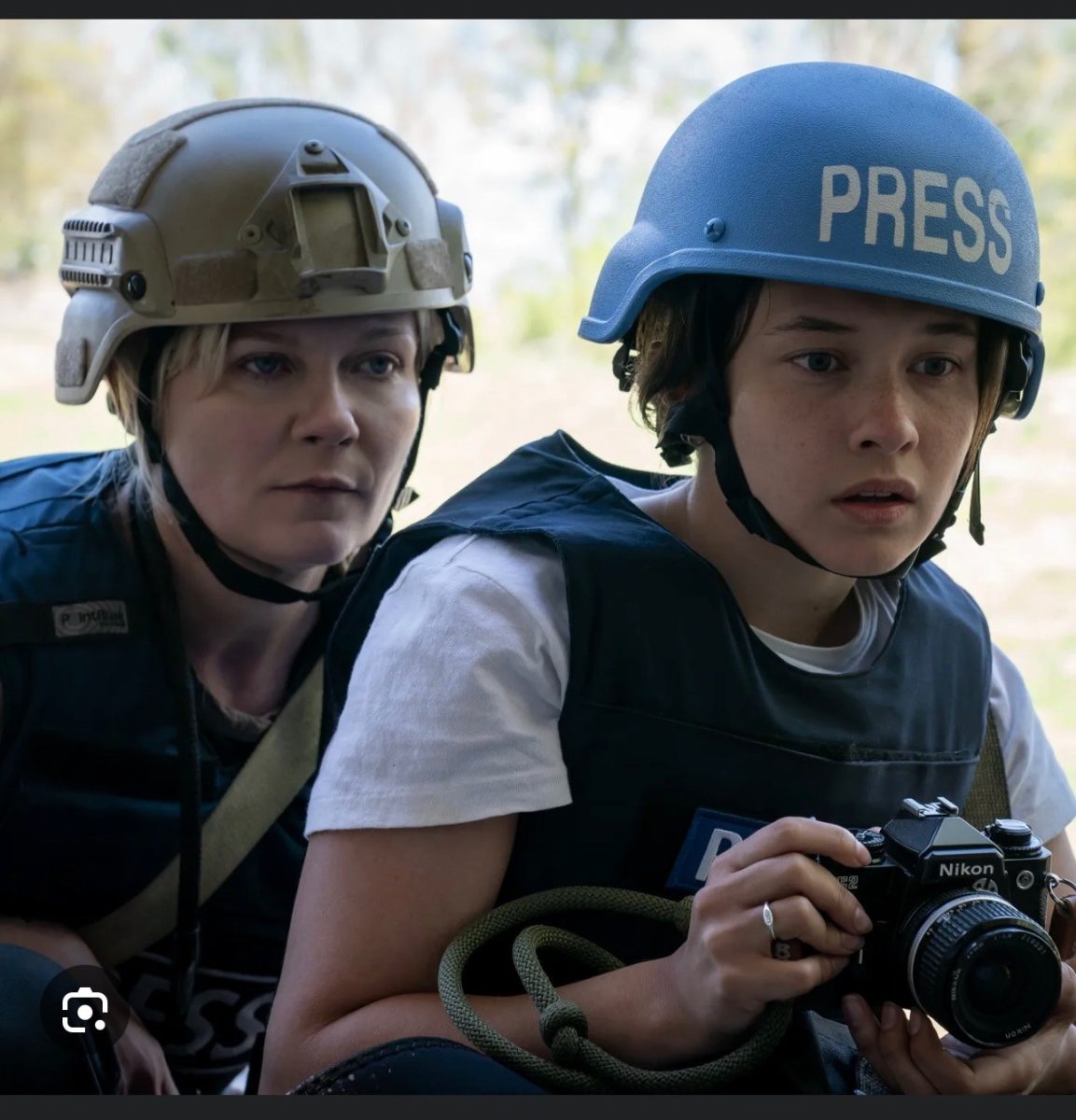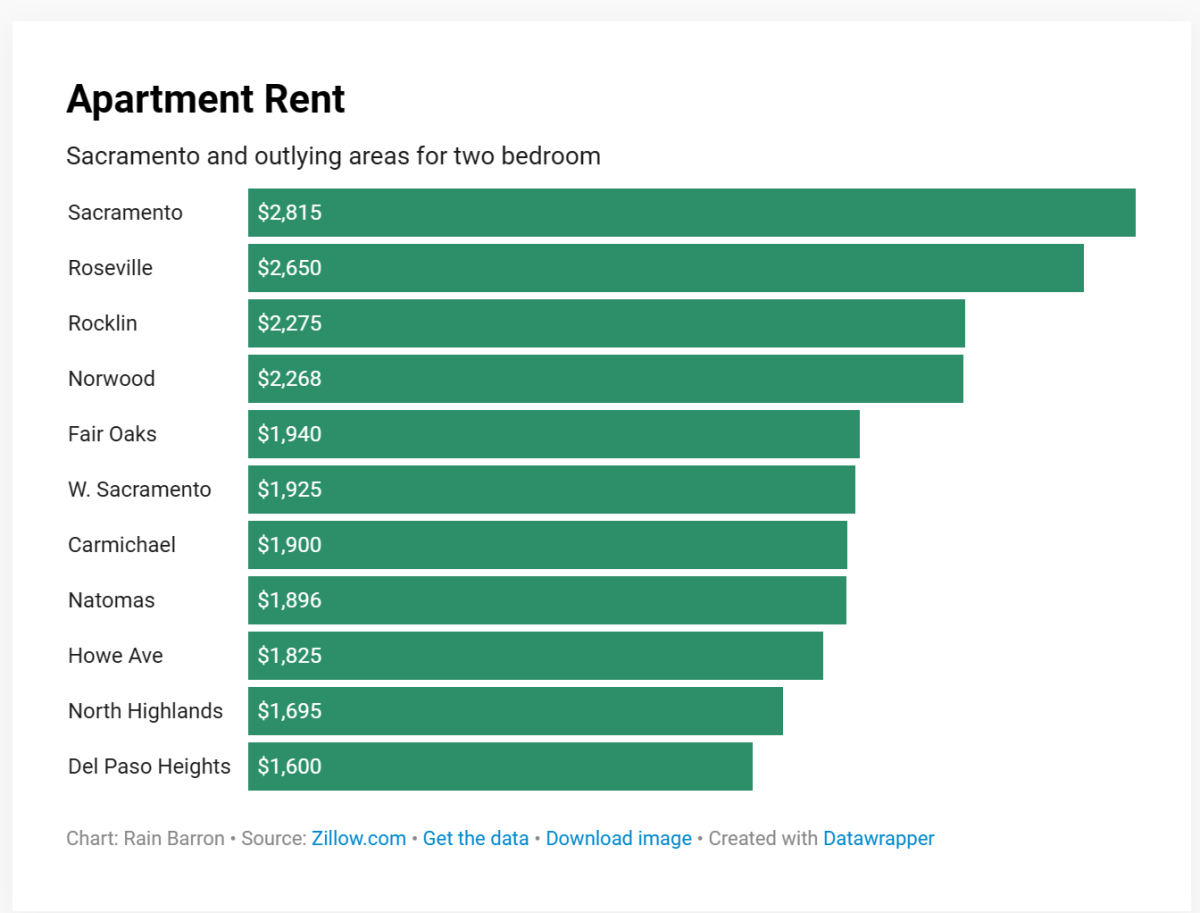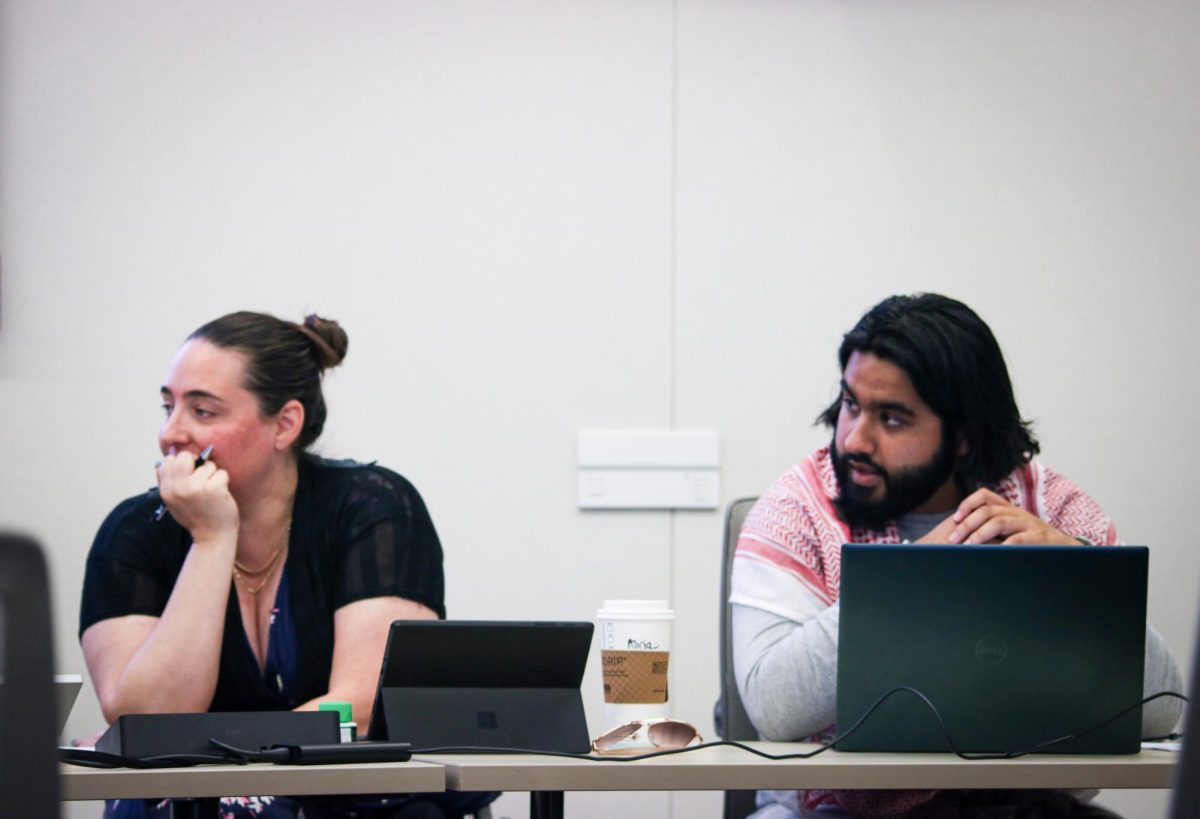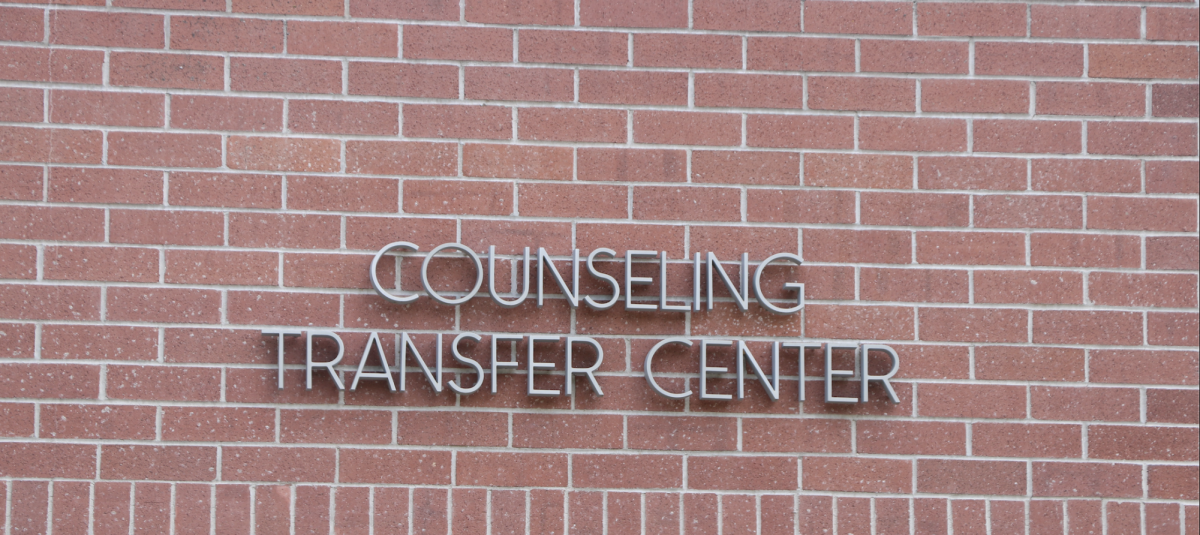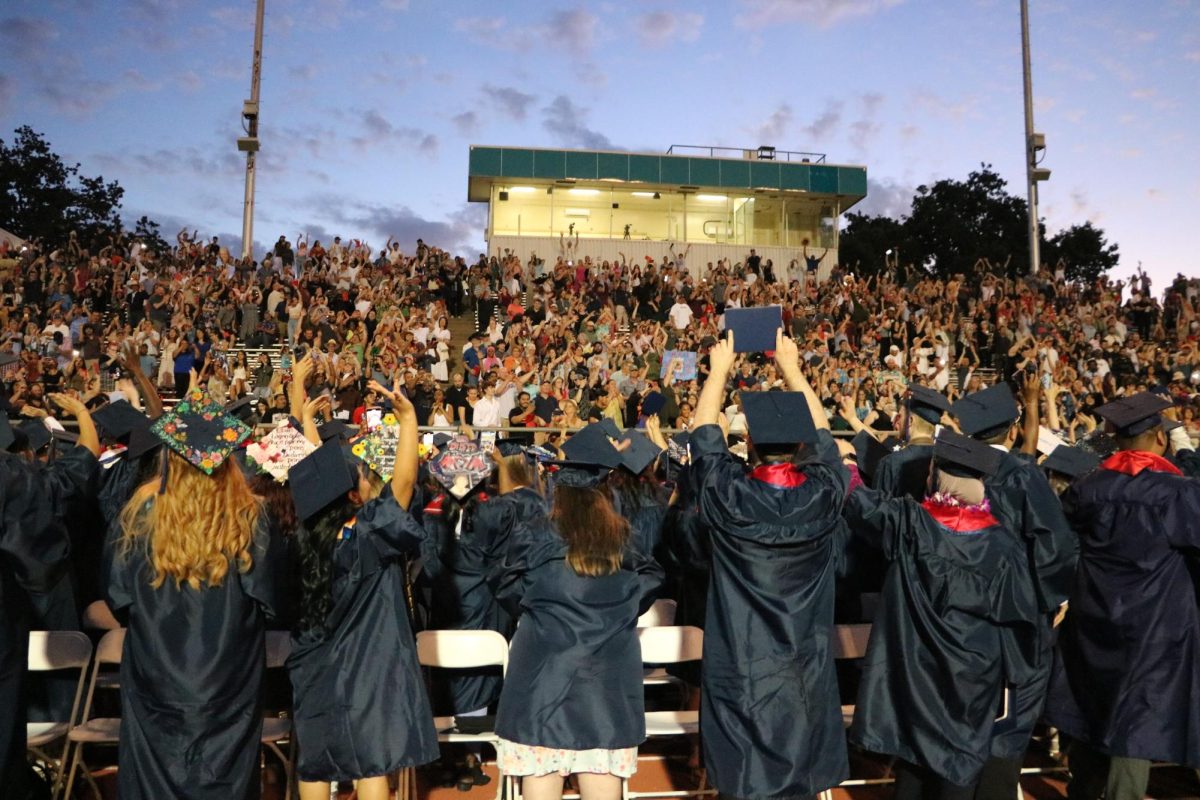Tucked in the back of the Culinary Arts building is a corner furnished with a sofa, chairs and small side table. A surreal neon pink elephant and giant goldfish watch over the students that dine there; it’s a colorful art piece that brightens up an otherwise unassuming cranny. Even more unusual, however, is the mysterious sign on a single door reading ‘Candy Lab’.
To get to the Candy Lab, students go through the baking kitchen. The bright and busy kitchen is connected to the student-run Oak Cafe bakery.
Chef Teresa Urkofsky teaches the beginning and advanced baking and pastry classes that meet there as part of the American River College’s Hospitality Management programs.
During a recent class session, she alternated between the rooms to supervise the bakers.
“Smells like honey in here, honey.” Urkofsky says, stepping into the temperature-controlled room to check on the students. The first week of working in the Candy Lab, the bakers worked on tempering chocolate among the bowls of butter and nuts that line the shiny metal countertops.
The Candy Lab has a rotating chef, which means that the main student chef that leads the five-hour class changes each week. The class’s first time working in the candy lab, after three weeks of working on plated desserts, is led by baking student Lee Lam Chisa.
“Candy is the most challenging [to make], among bread and cake. I think plated [desserts are] actually easiest to do,” Chisa says.
Meanwhile, the main chef prepares white chocolate bark, using a utensil to smooth the top of the tray. She then places a piece of wax paper and a second tray on top, jumping as she presses the tray down to flatten the bark.
During one of her check-ins, Urkofsky helps students solve a misunderstanding over the recipe for tempering chocolate. They remind each other that a miscalculation of temperature could lead to six pounds of the bakery’s chocolate being wasted.
Baking student Margarita Senina says she prefers working in the Candy Lab over the warmer baking room.
“The candy lab is like if you just want to get away from baking. …It’s like a little candy shop,” Senina says.
For Senina, this semester in the Candy Lab will be her last class before receiving her baking certificate.
She had to put off classes due to their timeslots, struggling to balance her schedule.
“[I’ve] been in the program for about two-and-a-half-years, although it doesn’t normally take that long,” the Advanced Baking and Pastry student said. “It was put back because class are at very specific times.”


